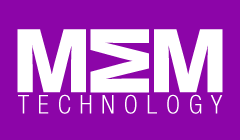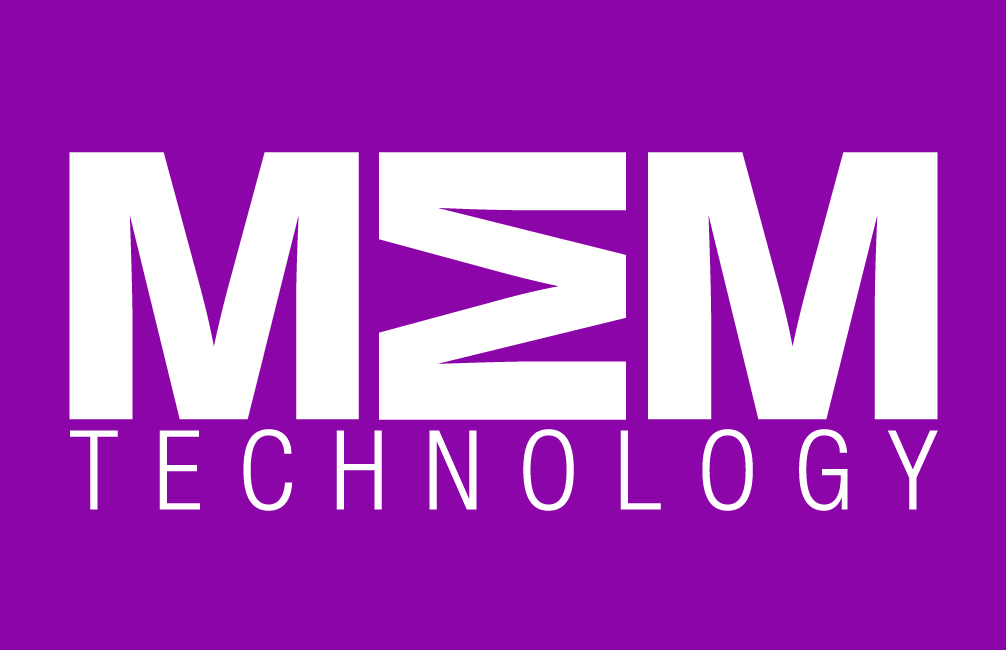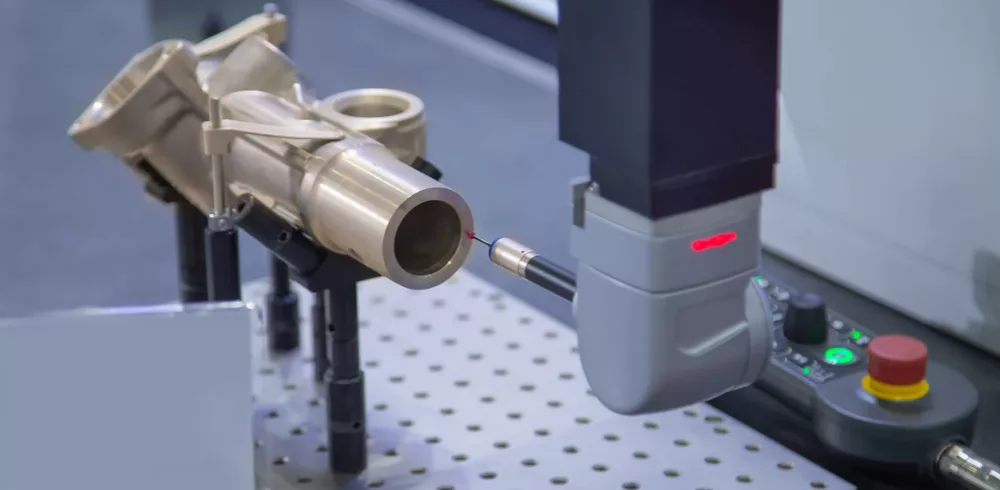Custom ICs for enhanced high-precision metrology : Application specific ICs improving measurement quality
Manufacturers who need high positional accuracy for their machinery rely on the accuracy of metrology technology. Here, Ross Turnbull, Director of Business Development and Product Engineering at ASIC design and supply company Swindon Silicon Systems, explains how custom Application Specific ICs (ASICs) offer enhanced precision for even the most demanding measurement applications.
Metrology instruments are a crucial element of the manufacturing plant. Whether for calibrating production machinery or for post-production verification, metrology equipment goes a long way in ensuring a high-quality finished product that meets specification.
Coordinate measuring machines (CMMs) are an example of a metrology instrument, able to provide measurements in all three dimensions. In post-production quality processes, CMMs are used to measure the geometry of physical objects for any manufacturing flaws or errors. This is achieved with a scanning probe by measuring discrete points or lines across the object. Control of the probe angle is also possible, allowing the machinery to measure surfaces that would be otherwise unreachable.
Converting the motion of the scanning probe into useful positional information is possible with the use of encoders. Encoders combine a scale, similar to the markings on a conventional ruler, with a readhead describing motion relative to the values on the scale.
Exploring CMM circuitry
The encoder typically converts a physical stimulus into an analogue signal. For this signal to be understood and interpreted by digital devices, including the metrology software, this signal must first be digitised.
It’s possible to use a variety of off-the-shelf integrated circuits (ICs) to perform the necessary tasks of signal amplification and conversion. However, for an optimised solution, the roles of these individual ICs can be condensed into a single chip: an ASIC.
An ASIC is a chip that has been designed exactly for customer requirements. A complete custom design approach results in a high-performance IC with capabilities beyond those offered by standard off-the-shelf devices.
By taking a careful approach to design, it’s possible for an ASIC to encompass all the features of several standard ICs in one package. Consolidating functionality into a single package typically allows for a reduction in PCB size. A more compact size allows for a smaller and lighter encoder that can be easily designed into CMM equipment.
ASIC design also facilitates greater performance where it matters. In a position sensor, this might be a non-linearity specification for improved sensor calibration and accuracy. This is where working with an experienced ASIC designer can be hugely advantageous; the entire signal path can be optimised for a chip that offers both the technical and commercial advantage to the customer.
In metrology, even a minute fraction of a millimetre could be the difference between product success and failure. As a result, it’s vital that metrology equipment and the sensors within are class-leading. With the help of ASICs, accuracy of these devices can be enhanced for improved product quality and efficiency.
Manufacturing & Engineering Magazine | The Home of Manufacturing Industry News
















